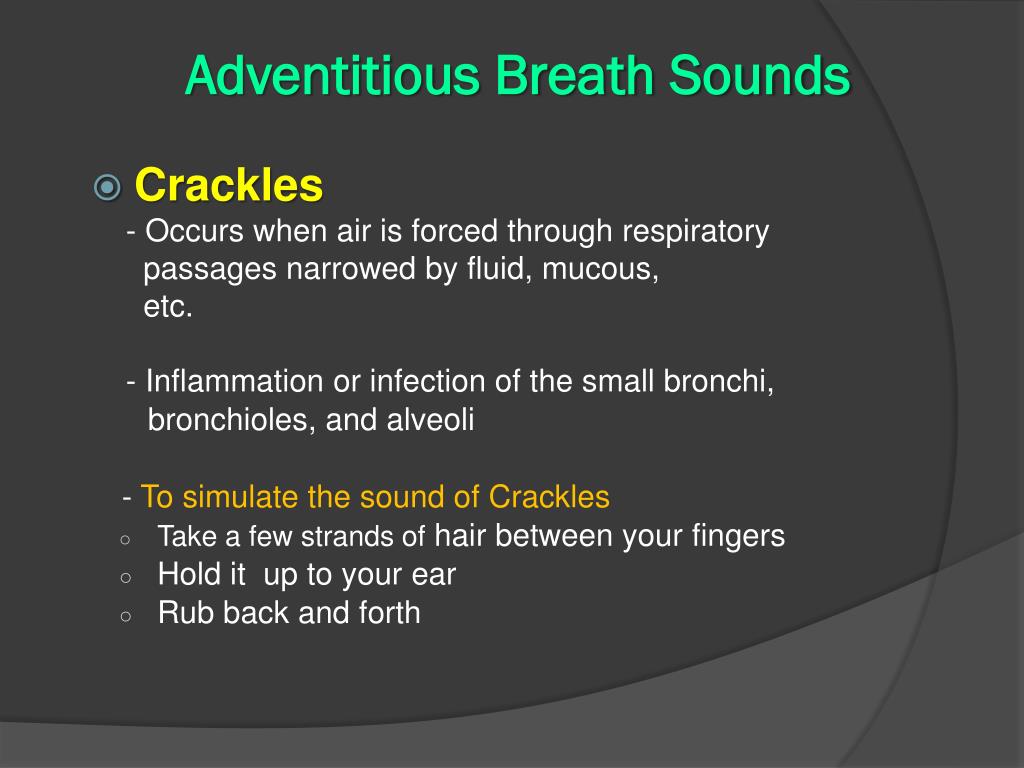

In rare cases, wheezing may be heard both during inspiration and expiration. In asthma, the wheezing is due to narrowing of the lower airways, whereas, with malignancies, the obstruction is usually in the upper, more proximal airways. Snoring is caused by upper airway obstruction, which is largely related to an increased propensity of the upper airway to collapse during sleep through a loss of neuromuscular tone in upper airway muscles. Read More: What is it called when you repeat trauma? Is snoring upper or lower airway? Normal snoring doesn’t interfere with the quality of your sleep as much as sleep apnea does, so you’re less likely to experience extreme fatigue and sleepiness during the day. The most obvious way to tell the difference between sleep apnea and simple snoring is how you feel during the day. How can you tell the difference between snoring and sleep apnea? The most common of these is obstructive sleep apnea (OSA). There are three forms of sleep apnea: central, obstructive, and complex.

What are the 3 types of sleep apnea?Ī person with sleep apnea stops breathing during sleep. The groaning is made when you exhale and stops when you inhale. The sound is often monotone and may be perceived as sullen, gloomy, or sexual in nature 6. The primary symptom of catathrenia is an almost nightly moaning or groaning sound during sleep that the sleeper does not realize they are making. Rales can be further described as moist, dry, fine, or coarse. They are believed to occur when air opens closed air spaces. They are heard when a person breathes in (inhales). Small clicking, bubbling, or rattling sounds in the lungs. Rhonchi are usually caused by a stricture or blockage in the upper airway. Is rhonchi and crackles the same?Ĭrackles are defined as discrete sounds that last less than 250 ms, while the continuous sounds (rhonchi and wheezes) last approximately 250 ms. This is a low-pitched sound that resembles snoring. This is a fine, high-pitched crackling or rattling sound that can occur when you inhale. Types of abnormal breath sounds include: Rales. Stridor: Stridor occurs in people with an upper airway blockage. Conditions such as acute bronchitis and COPD may cause rhonchi. There may also be inflammation and fluid in these airways. Rhonchi: Rhonchi occur due to conditions that block airflow through the large airways, including the bronchi. Stridor is a higher-pitched noisy that occurs with obstruction in or just below the voice box. It is typically low-pitched and most closely sounds like nasal congestion you might experience with a cold, or like the sound made with snoring. This term implies a noise created in the nose or the back of the throat. Read More: What is the molecular structure of petroleum? What is the difference between stridor and snoring? Snoring results in reduced sleep quality for the bed partner and in many cases the snorer themselves. The snoring sound is created by turbulent airflow through the upper airway caused by flow limitation from anatomic obstruction or tissue collapse from reduced neuromuscular tone. This pattern of snoring can be a sign of obstructive sleep apnea, which is a serious condition that can increase the risk of heart disease. The crescendo is typically followed by periods of no sound, and then a gasp that can sound like a snort. What does sleep apnea breathing sound like? Rhonchi are best heard in the expiration phase of breathing (when breathing out). They can be described as low pitched continuous breathing sounds that resemble snoring or gurgling. Rhonchi are sometimes called sonorous wheezes because they are similar to another breath sound called wheezes. Rhonchi sounds can be a sign of bronchitis or COPD. They can be a sign that your bronchial tubes (the tubes that connect your trachea to your lungs) are thickening because of mucus. These low-pitched wheezing sounds sound like snoring and usually happen when you breathe out. What does a snoring respiratory sounds indicate? What type of lung sounds are heard with COPD?.What is the difference between wheezing and crackles?.What type of lung sounds are heard with pneumonia?.What are 3 types of normal breath sounds?.Do you hear Rhonchi during inspiration or expiration?.What is the difference between Rhonchi and wheeze?.What is the pathophysiology of Rhonchi?.When should I be concerned about stridor?.



 0 kommentar(er)
0 kommentar(er)
